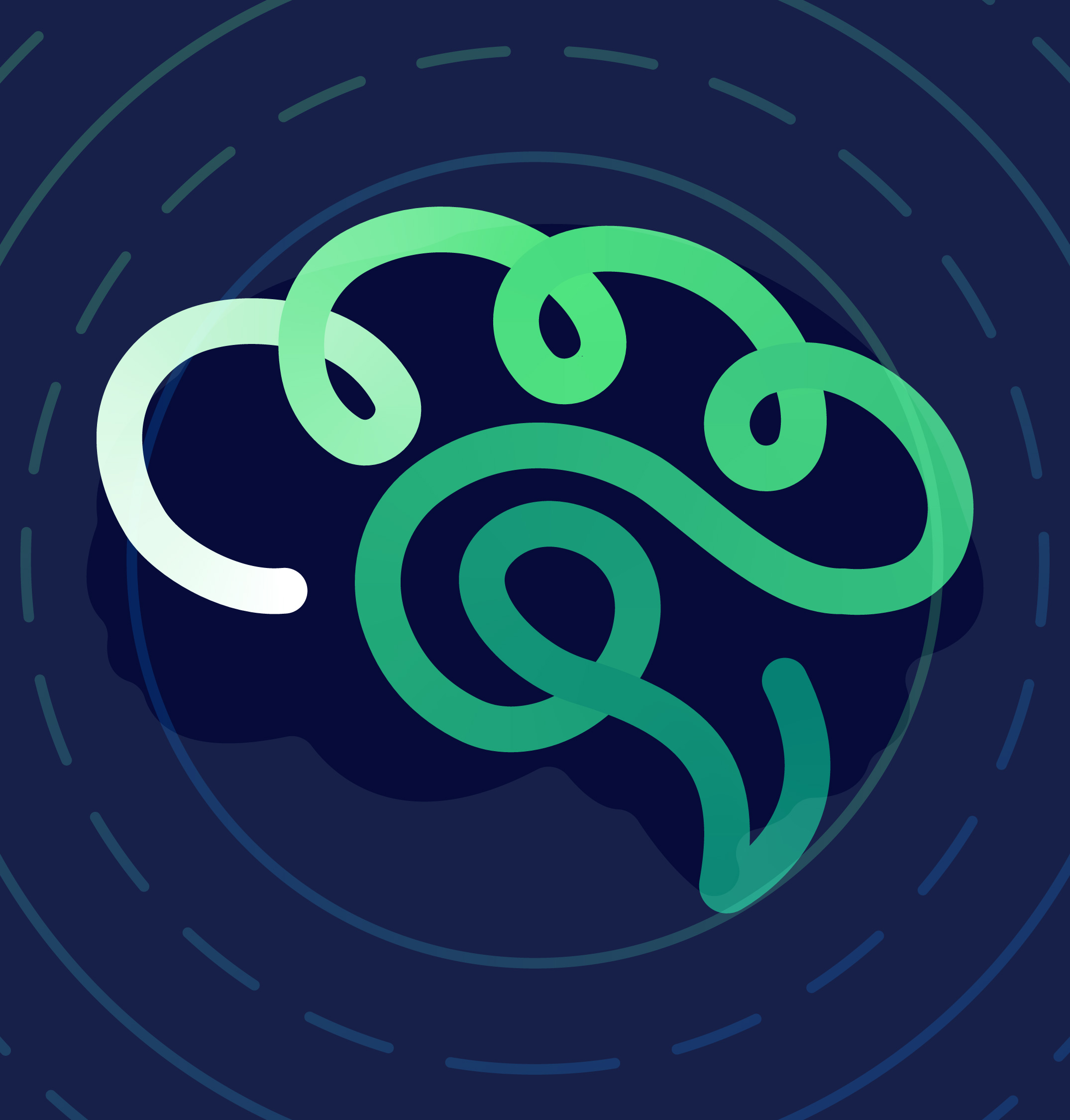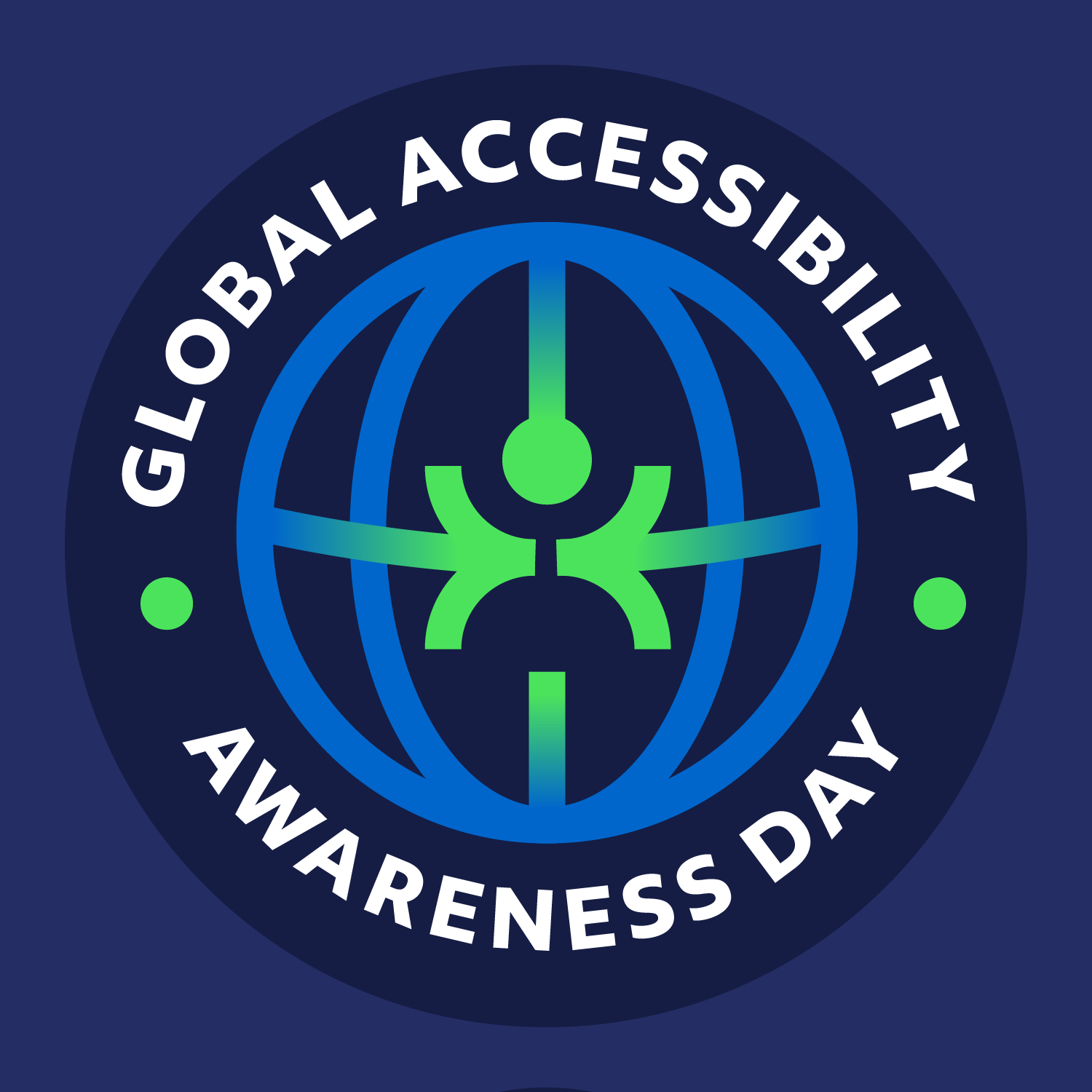Skip to Main Content
Workplace Mental Wellness Resource Guide



This resource guide strives to provide an overview of mental health disabilities commonly experienced in the workplace. As well as publicly available resources designed to support both employers and employees with workplace mental wellness. While this is a comprehensive list, this is not an exhaustive list, and our intention is to regularly refresh this resource guide with updated materials.
If you have articles or resources that you believe should be included, please email Emily McDonald at Emily.M@DisabilityIN.org.
For those seeking a deep understanding of specific mental health conditions The Diagnostic and Statistical Manual of Mental Disorders, Fifth Edition Text Revisions (DSM-5-TR) published in 2022 by the American Psychiatric Association is the recommended source. It represents the most comprehensive descriptor of all mental health disabilities currently available.
General Resources and Toolkits

- Health Action Alliance: Workplace Mental Health Playbook 2.0
- Job Accommodation Network Right Direction: Fostering Better Mental Health in the Workplace
- Mental Health America: Workplace Mental Health Toolkit
- Employer Assistance and Resource Network on Disability Inclusion: Mental Health Toolkit
- Working Well: Leading a Mentally Healthy Business National Council of Social Service: Mental Health Toolkit for Employers
- American Heart Association: Mental Health – A Workforce Crisis
Glossary of Terms (Alphabetical Order)
Accommodation refers to any change in the work environment or in the way things are customarily done that enables an individual with a disability to enjoy equal employment opportunities. Accommodations may be required to comply with Title I of the Americans with Disabilities Act. (Job Accommodation Network)
Learn More:
Office of Disability Employment Policy: Accommodations for Employees with Mental Health Conditions
Anxiety
Anxiety is the most common mental health condition in the United States, affecting 18% of American adults and as many as 33% of people at any point in their lifetime. Globally, anxiety is the sixth-leading cause of disability, with greater rates of disability occurring in females and in people aged 15 to 34 years. Anxiety is associated with a poorer quality of life in comparison to not having anxiety, including higher rates of divorce and unemployment. (Center for Workplace Mental Health)
Learn More
- Centers for Workplace Health: Anxiety Disorders: Why They Matter and What Employers Can Do
- Champion Health: The HR Guide to Anxiety in the Workplace
- Mental Health First Aid: How Employers Can Help Manage Anxiety in the Workplace
Depression
Depression causes an estimated 200 million lost workdays each year at the cost of $17 billion to $44 billion to employers. Half of the employees with depression are untreated. (Center for Disease Control)
Learn More
- National Institute of Mental Health: Depression – What You Need to Know
- Psychiatry Online: Addressing Depression in the Workplace
Employee Assistance Programs (EAPs)
Employee Assistance Programs (EAPs) provide a range of different services and resources. In general, EAPs provide assessment and services for addressing a range of personal problems and concerns that interfere with employees’ wellbeing and work performance. EAPs may help individuals with emotional and substance use issues, interpersonal relationships, legal problems, and financial difficulties. (Center for Workplace Mental Health)
Learn More
- Mental Health America: Improving Workplace Mental Health through EAP Usage
- Center for Workplace Mental Health: Employee Assistance Programs
- Employee Benefit News: How EAPs are Turning to Technology to Support Employee Mental Health
- Substance Abuse & Mental Health Services Administration: Employee Assistance Programs
Etiquette
Etiquette Studies show that better understanding of the experiences of people with mental health and substance use challenges can reduce or eliminate stigma and discrimination. Using person-first language is a great place to start, as it helps validate individuals’ experiences without reducing them to a diagnosis or condition. (Mental Health First Aid)
Learn More
- Mental Health First Aid: Use Person-First Language to Reduce Stigma
- National Center on Workforce & Disability: Basic Etiquette: People with Mental Illness
- Forbes: Four Communications Considerations for Addressing Mental Health in the Workplace
- Harvard Business Review: 8 Ways Managers Can Support Employees’ Mental Health
- Americans with Disabilities Act: Mental Health Conditions in the Workplace and the ADA
Neurodiversity
Neurodiversity describes the idea that people experience and interact with the world around them in many ways; there is no one "right" way of thinking, learning, and behaving, and differences are not viewed as deficits. (Harvard Health)
Learn More:
- Employer Assistance and Resource Network on Disability Inclusion: Neurodiversity in the Workplace
- Neurodiversity Hub: Resources for Employers
Peer to Peer (Peer Support)
Peer to Peer (Peer Support) is a safe place for an employee who is facing challenges to speak with someone who has experienced a similar issue. The role of the peer supporter is to encourage the individual to reach out for effective help and promote hope, empowerment, and recovery.
Learn More:
- Substance Abuse & Mental Health Services Administration: Values of Peers
- Society for Human Resource Management: Peer Support Strengthens Mental Health Offerings
- Mental Health Peer Support for Young Adults in the Workplace
Post Traumatic Stress
Post Traumatic Stress A condition in which a person has difficulty recovering after experiencing or witnessing a physically and/or psychologically traumatic event. (Mayo Clinic)
Learn More:
- National Institute of Mental Health: Digital Shareables on Post-Traumatic Stress Disorder
- Workplaces Respond to Domestic & Sexual Violence: 6 Supportive Ways to Address Trauma that Shows up at Work
- Find Law: The ADA and Employees with PTSD
- U.S. Department of Veterans Affairs: National Center for PTSD
Stigma
Stigma Mental health conditions are common and treatable. So why don’t we talk about them as openly as physical conditions like diabetes or asthma? Because of stigma — negative stereotypes about mental illness that persist both in and out of the workplace. Though mental health conversations have increased in recent years, stigma remains a pervasive barrier in work environments. Many employers and employees report workplace stigma around mental health. (McKinsey & Company)
Learn More:
- Kaiser Permanente: Mental Health in the Workplace and the Cost of Staying Silent
- Kaiser Permanente: Creating a Stigma-Free Workplace is Key to Tackling the Mental Health Crisis
- Lyra Health: Mental Health Stigma in the Workplace (and How to Overcome it)
- The Centre for Addiction and Mental Health: Addressing Stigma
Stress
Stress 40% of workers reported their job was very or extremely stressful. 25% view their jobs as the number one stressor in their lives. 75% of employees believe that workers have more on-the-job stress than a generation ago. 29% of workers felt quite a bit or extremely stressed at work. Nearly half of people diagnosed with anxiety are also diagnosed with depression. (PsychCentral,2021)
Learn More
- Society for Human Resource Management: How Can Employers Help to Reduce Stress in the Workplaces
- Center for Disease Control and Prevention: Mental Health Disorders & Stress Affecting Working-Age Americans
Substance Use Disorder (SUD)
Substance Use Disorder (SUD) is a treatable mental health condition that affects a person’s brain and behavior, leading to their inability to control their use of substances like legal or illegal drugs, alcohol, or medications. Symptoms can be moderate to severe, with addiction being the most severe form of SUD. (National Institute of Mental Health)
Learn More:
- Job Accommodation Network: Employees with Drug Addiction
- Job Accommodation Network: Employees with Alcoholism
Suicide
Suicide Research has found that 46% of people who die by suicide had a known mental health condition. Several other factors may put a person at risk of suicide. (National Alliance on Mental Illness)
Learn More
Access the Resource

Discover Disability-Related Dates




.png)